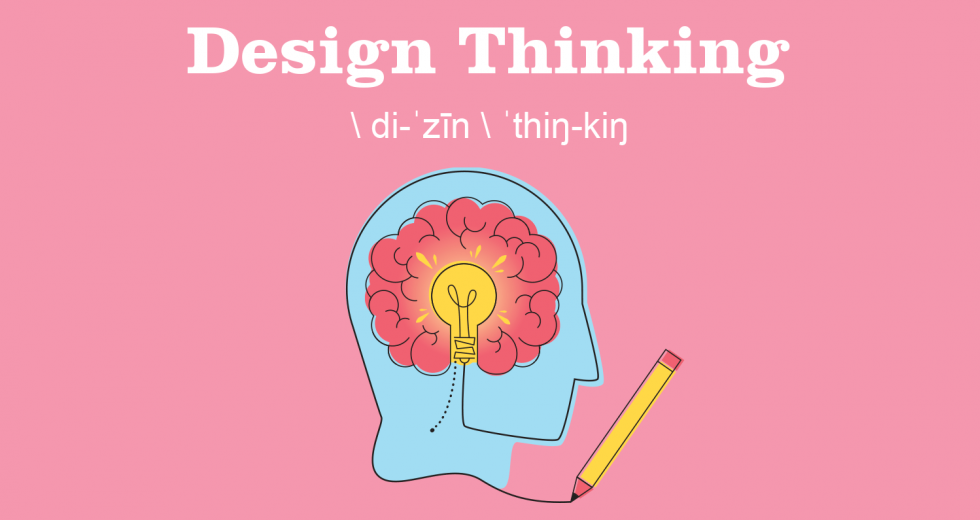Various iterations of “design thinking” have come into play over the years, but the process as we currently know it consists of five steps: empathize, define, ideate, prototype and test.
Design thinking as a methodology is deeply rooted in humanity. First outlined by cognitive scientist Herbert Simon in his 1969 book, “The Sciences of the Artificial,” the system is meant to be highly observational. To be able to calibrate and meet a user’s needs, one must first have an understanding of the user’s experience.
The term is most often used in the development of products and web services, but the strategy has reached beyond the design industry, and individuals can tackle problems with design thinking — cue sparkle sound effect.
The Buzz
“Some people think design thinking will help make a bad idea work, which it won’t,” says Lauren Kelly Sheridan, a web designer and co-director of Sacramento Design Week. “It can highlight why the idea isn’t working … but it isn’t a Band-Aid.”
The idea is now being used by businesses that desire a deeper understanding of how to serve customers. “[It’s] coming up in corporate discussions, [which is] great because businesses understand it can help understand and empathize with their audience,” Sheridan says.
Design is a creative and assumedly fun field. But Sacramento Design Week’s co-director, Amanda Sanchez, warns against skipping steps to get to the fun part. “I think a lot of the issues that people run into when starting events/campaigns/brands, is they want to skip to the ‘ideate’ step,” she says. “It’s not as fun to really sit down and pinpoint what the problem is that we are trying to solve and how our solution will be received.” Unfortunately, you can’t get to the sexy outcome by skipping the unsexy steps.
The Word
Sanchez used the method when developing Sacramento Design Week, starting with empathizing and defining the need for collaboration and community among local designers. “I really carved it out to be what I felt was lacking from the design community in Sacramento.” She expanded her research to fellow designers to help define key goals. “Taking that human experience and empathizing with our local design community has really made Design Week Sacramento what it is.”
Sheridan defines design thinking as “considering your audience’s needs, feelings, and motivations when designing products and services.” But what about stalling out? “I always remind myself to go back to step one when I get stuck. … I will always review my design briefs to make sure I really understand my client’s problem.” And if you don’t, ask questions. Rinse. Repeat.



